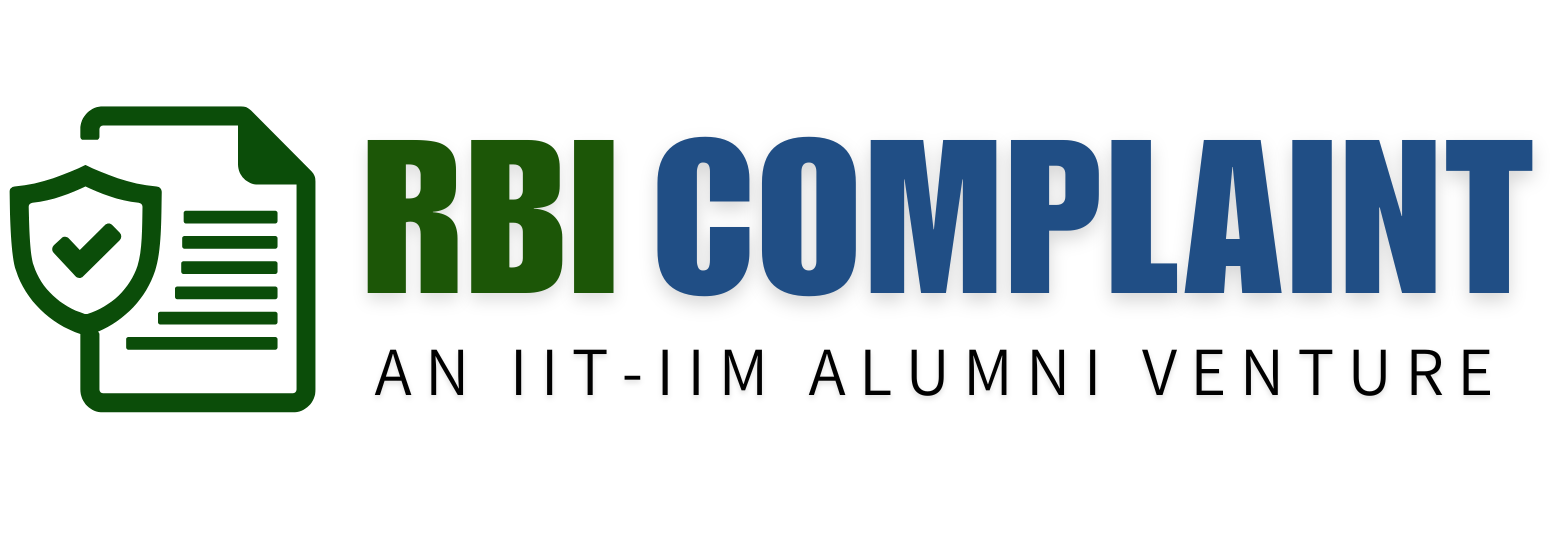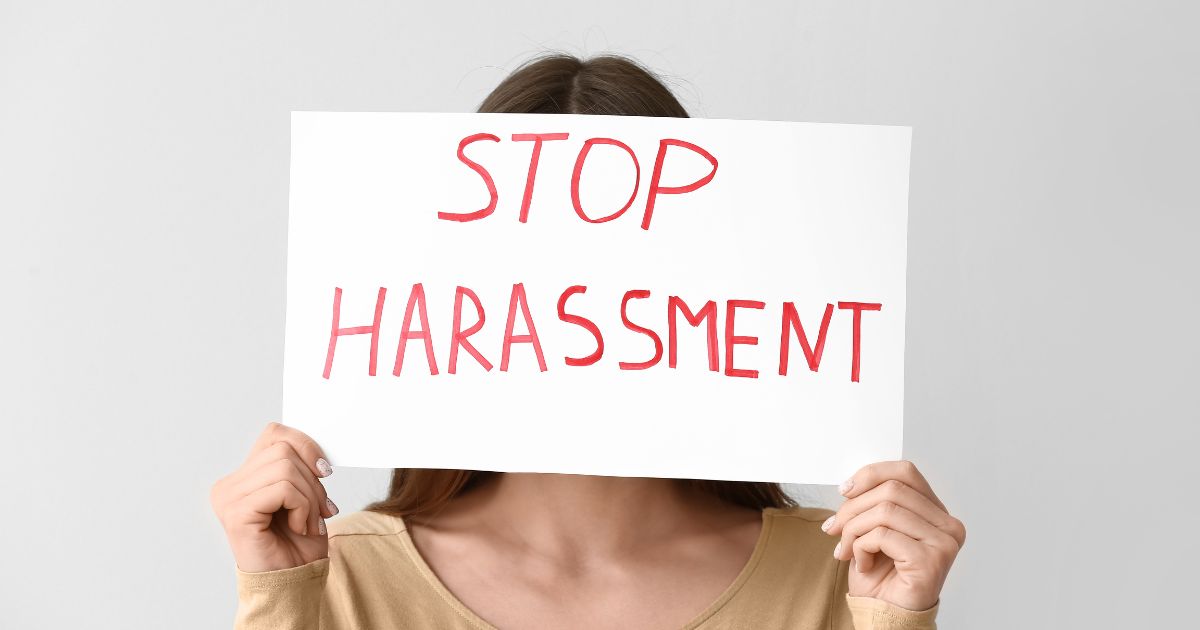· Complaint With Ombudsman · 3 min read
Step-by-Step Guide to Filing a Complaint with the Banking Ombudsman
Resolve banking disputes effectively with our step-by-step guide to filing a complaint with the Banking Ombudsman.

Dealing with banking issues can be frustrating, especially when you feel that your concerns are not being adequately addressed by your bank. Fortunately, the Banking Ombudsman Scheme provides a free and impartial mechanism to resolve complaints. Here’s a step-by-step guide to help you through the process of filing a complaint with the Banking Ombudsman.
Identify the Issue
Before proceeding to file a complaint with the Banking Ombudsman, ensure that your grievance falls within their purview. Common issues include:
Unfair charges and fees
Delays or non-issuance of banking products (loans, credit cards, etc.)
Refusal to close or transfer accounts
Fraudulent transactions
Contact Your Bank
Before escalating to the Banking Ombudsman, you must first attempt to resolve the issue directly with your bank. Follow these steps:
Document Your Complaint: Write a detailed letter or email outlining your issue, including all relevant details and supporting documents.
Submit Your Complaint: Send your complaint to your bank’s customer service department. Most banks have a grievance redressal mechanism in place.
Wait for a Response: Banks typically have 30 days to respond to your complaint. Keep track of all correspondence for future reference.
Determine Eligibility
If your bank fails to resolve your complaint satisfactorily within 30 days, you can approach the Banking Ombudsman. Ensure your complaint is eligible by confirming:
The complaint is filed within a year of receiving the bank’s final response.
The complaint has not been previously resolved or is not currently under litigation.
Prepare Your Complaint
Gather all necessary documents before filing your complaint. These may include:
Copies of all correspondence with your bank
Relevant account statements
Supporting documents related to your complaint (e.g., transaction records, loan agreements)
File Your Complaint
You can file your complaint with the Banking Ombudsman in the following ways:
Online Submission: Visit the official website of the Banking Ombudsman and fill out the complaint form online. Upload all relevant documents.
Email: Send an email to the Banking Ombudsman with your complaint and attached documents.
Post: Mail a written complaint to the Banking Ombudsman office in your jurisdiction along with copies of all supporting documents.
Acknowledge and Track Your Complaint
After filing your complaint, you will receive an acknowledgment with a unique complaint reference number. Use this number to track the status of your complaint through the Banking Ombudsman’s official website or by contacting their office.
Investigation and Resolution
The Banking Ombudsman will review your complaint and may request additional information or documentation. They may also facilitate a conciliation meeting between you and the bank to resolve the issue amicably. If a resolution is not reached, the Ombudsman will issue a decision based on the merits of the case.
Appeal (If Necessary)
If you are not satisfied with the Banking Ombudsman’s decision, you have the right to appeal to the Appellate Authority within 30 days of receiving the decision. The Appellate Authority is usually a Deputy Governor of the Reserve Bank of India.
Conclusion
Filing a complaint with the Banking Ombudsman is a structured and straightforward process designed to ensure that your banking issues are resolved fairly and impartially. By following these steps, you can effectively navigate the complaint process and seek redress for your grievances.
Remember, the key to a successful complaint is thorough documentation and clear communication. Don’t hesitate to utilize this free resource to ensure your banking experience is just and equitable.



